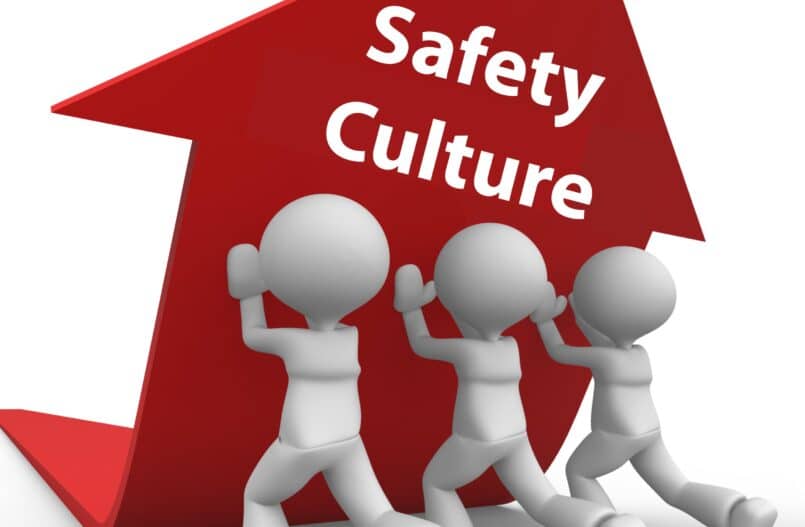The start of the new year is a perfect time to review your department safety progress from the previous year and look ahead at how your safety culture can contribute in a positive way to minimize injuries and control hazards in your workplace.
safety culture can contribute in a positive way to minimize injuries and control hazards in your workplace.
- Look at your workplace injuries last year and ask the following questions:
- Did they increase from the previous year?
- Are your injuries trending in a positive or negative direction?
- Did you have injuries that were caused by a preventable source?
The Comp Alliance Risk Management team is available to address these questions and others related to your workplace injuries. The first steps in correcting and improving workplace injuries is to acknowledge that risks exist in job functions, and as much as possible removing the hazards associated with those risks. Look into removing the hazard altogether. You may be able to implement PPE to protect employees or replace hazardous elements with those likely to be less hazardous.
- Host an active Safety Committee meeting. These meetings address safety issues and concerns among staff, including safety compliance, injury causes, and training needs. Attendance from your Comp Alliance Loss Control Representative will help to facilitate the meetings and improve discussion content. Not all municipalities need to establish a formal safety committee, but all members should have a portion of department head meetings reserved for a discussion on safety items, including any workplace injuries.
- What training did you complete in 2022 and what needs to be added this year? Every year, all staff are required to attend PESH-specific topics of Workplace Violence, Right-to-Know and Bloodborne Pathogens, which have a workplace injury potential. This training can make employees safer and smarter in the workplace, contributing to a positive safety culture. Enact comprehensive training that addresses other areas of potential injury, and not just a program which “checks the box” on required topics. All training programs should be helpful for staff to improve their knowledge of each exposure and implement measures to prevent or minimize injury from the exposure.
- Participate in our loss control inspections. Every year our loss control representatives contact members to gather information on operations and inspect for hazards which could lead to workplace injuries. Department heads or a designee are usually responsible for assisting during the inspection process and it’s a great opportunity to work with our reps to review safety policies and procedures, inquire about the inspection process and correct any safety issues which are raised, many of which can be corrected immediately following the inspection. Our loss control reps are experts in the identification and mitigation of workplace hazards, so ask about our process, classification of hazards and corrective remedies.
- Consider your operational safety culture. A good supervisor will always have their hands on the pulse of their department, understand employee attitudes and values and maintain their focus on completing work safely. A positive safety culture contributes to improved worker morale, work productivity and reduced injuries. Reinforce this safety culture with all staff, encourage them to report workplace safety concerns and recommend improvements, all the while encouraging a safe work environment from the top down and bottom up.

